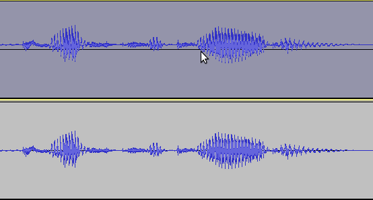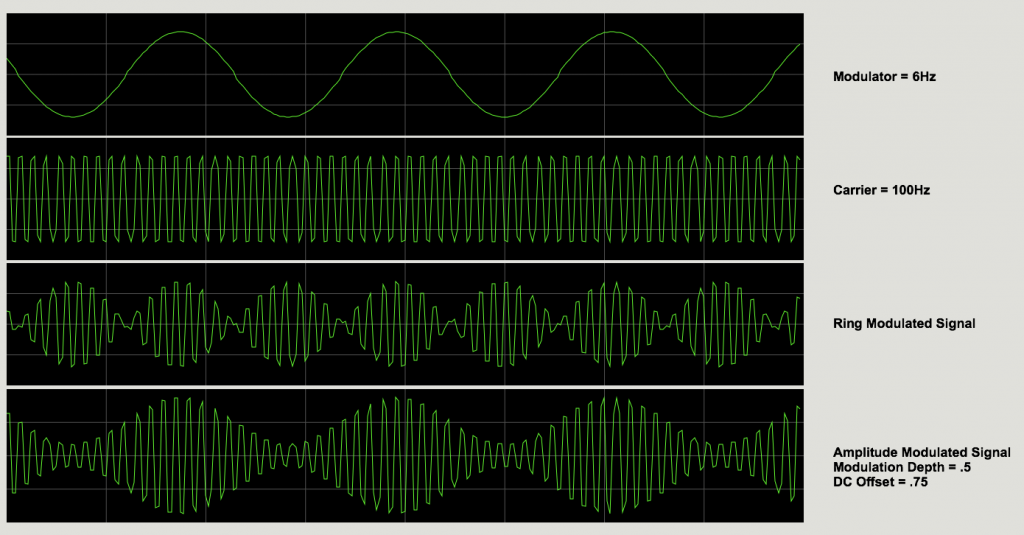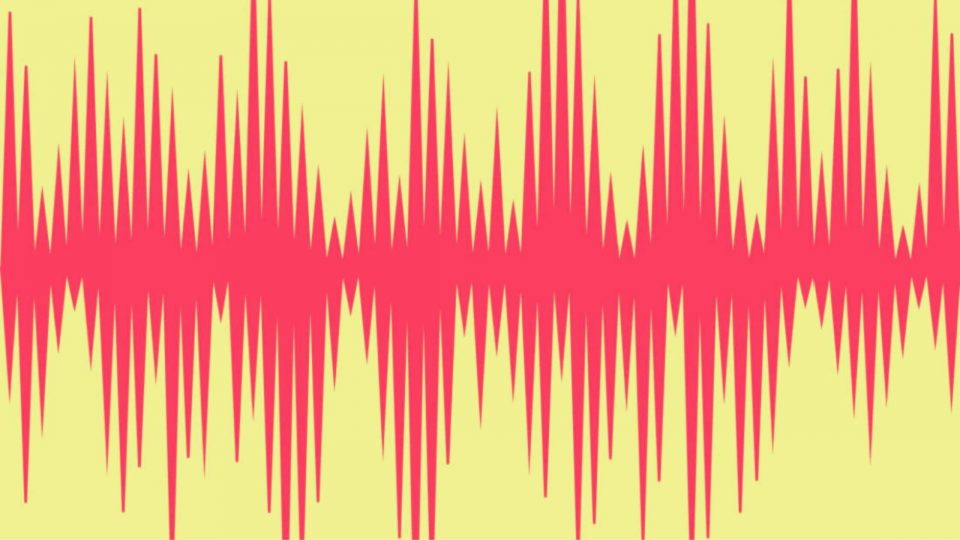Define Synthesis: How Does AM Synthesis Work?
Sound design crew, what is up?! Or, should I say Mixxed crew?!
Back once again with the rude behaviour, we’re here with another article on synthesis. This time, we’re defining Amplitude Modulation!
If you don’t already know, we’ve been diving deep into different synthesis methods. Jump into our previous articles if you’re unfamiliar with sound design terminology – starting with How Do Synthesizers Work?
Define Synthesis Series
How Do Synthesizers Work?
How Does Subtractive Synthesis Work?
How Does Additive Synthesis Work?
How Does FM Synthesis Work?
How Does Wavetable Synthesis Work?
How Does Vector Synthesis Work?
How Does AM Synthesis Work?
How Does Modular Synthesis Work?
How Does Granular Synthesis?
How Does Sample Based Synthesis Work?
How Does Spectral Synthesis Work?
How Do Vocoders Work?
What is Amplitude Modulation?
You’ll remember from FM synthesis that by multiplying the frequency of one operator (carrier) with the determined frequency of another (modulator), you’re modulating that carrier signal and creating new tones.
With AM synthesis, all I want you to do is replace the word “frequency” with “amplitude” on your carrier operator.
If you were to modulate the amplitude with a frequency of 10Hz, the signal produced by the carrier would resemble a tremolo effect. This is because the modulating frequency is below the range of human hearing. Therefore, we can hear the periodic dips produced in amplitude in the carrier signal as the modulating frequency blends with the carrier amplitude.
Once you begin raising the modulating frequency above 20Hz, the produced sound becomes rougher. This is because we can no longer hear the periodic dips in amplitude. What we hear instead are sidebands, which are additional frequencies/combination tones.
Produced are two specific types of sidebands called sum tones and difference tones.
Carrier frequency + modulator frequency = Sum tones
Carrier frequency – modulator frequency = Difference tones
What is Ring Modulation?
Ring Modulation (RM) is a simpler version of Amplitude Modulation (AM) where the amplitude dips down to zero.
Other methods of AM include DC Offset which distinguishes RM & AM apart.
DC Offset is the amount of which a signal is offset from 0. Because RM dips down to 0 in amplitude, it doesn’t have a DC Offset. DC Offset stands for “mean amplitude displacement from zero“.

In the example above, the top waveform is above the 0 Hz line – which means it has a DC offset. The bottom waveform is on 0 Hz, so it doesn’t have a DC offset.
Back to Ring Modulation!

Above is a great visual representation by Pro Audio Files of the difference between RM & AM, both using the same modulator & carrier frequencies.
In the image, the RM rate is causing the amplitude to dip twice every cycle. This creates a tremolo effect which is double the rate of the AM method.
This means that AM synthesis creates a unipolar wave (does not change polarity over time) that never goes below zero, but RM creates a bipolar wave (changes polarity over time).
What is Soundwave Polarity?
You may have heard the words polarity and phase are often used interchangeably. The difference is that polarity represents positive and negative values, but phase represents time. Both are relative to the original waveform.
A waveform has a positive polarity until you “flip” the polarity and make it negative. You can flip polarity at the flip of a switch – literally.
Final Thoughts
Most synthesizers have AM and RM functions built into oscillator functions. You’ll be hard-pressed to find individual synths that serve these functions.
Serum, for example, has the functions built-in on a multi-choice knob.

In the example, OSC B is the modulator and OSC A (in the image) is the carrier.
You can switch between AM, RM, and many other cool modulation and polarity options in this wavetable synth. How will you use these processes to play with your Mixxed samples?
